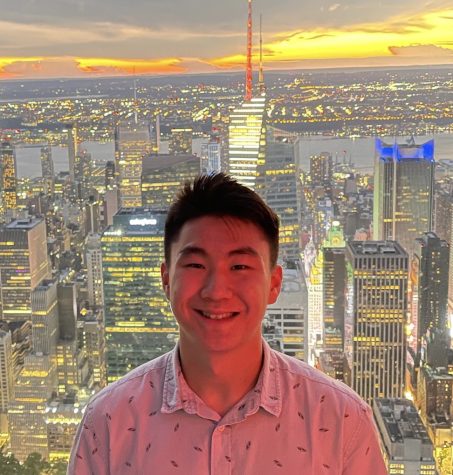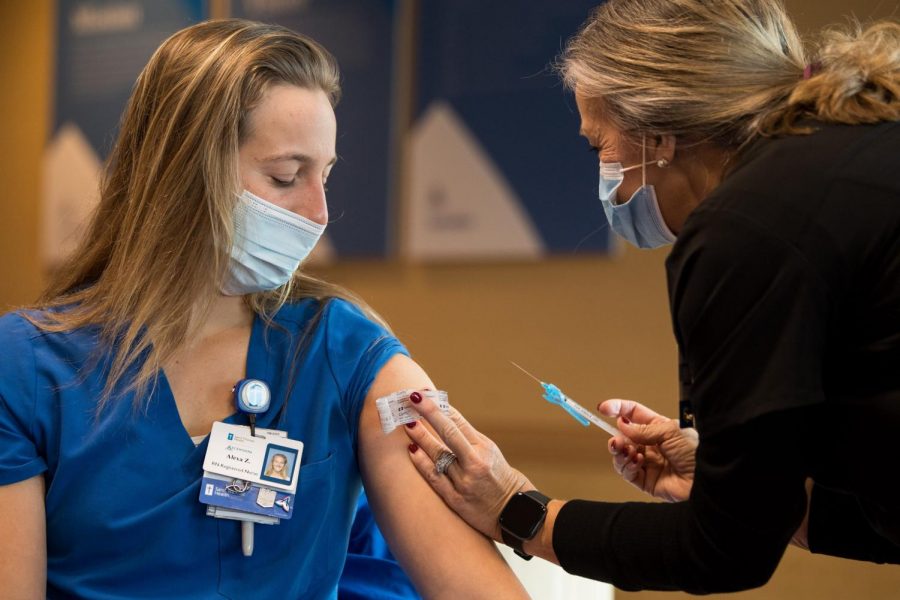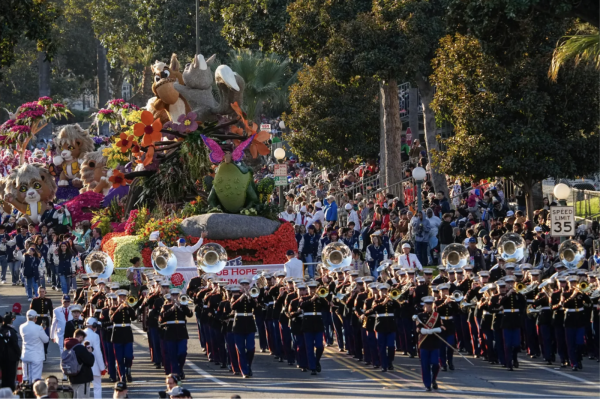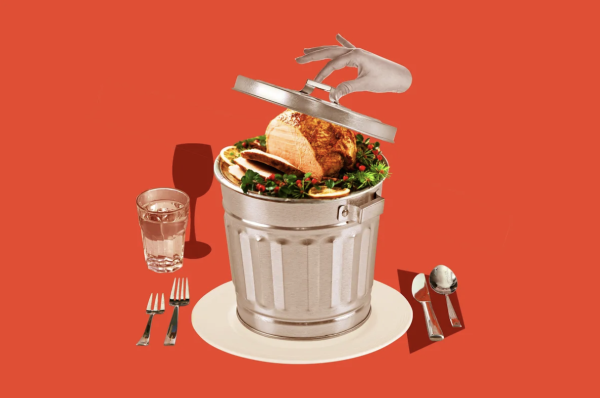When You May Get the Covid-19 Vaccine
On December 11th, 2020, the United States Food and Drug Association (USFDA) issued an emergency authorization of the Covid-19 vaccine. The first vaccine that was distributed in the United States was Pfizer and Biontech’s vaccine, while Moderna’s vaccine became available a few weeks after. The United States ordered a total of 400 million doses of vaccine from both Pfizer and Moderna, with Pfizer supplying half of the doses and Moderna supplying the other half. The 400 million doses are planned to be distributed to American citizens by the end of July 2021 using Operation Warp Speed (OWS). OWS is a public-private joint operation between the U.S. government and biotech companies to distribute the Covid vaccine most efficiently. Recently, President Biden announced that the US will be purchasing an additional 200 million doses of the vaccine that will help vaccinate 300 million more U.S. citizens before the summer of 2021. Each vaccine will include two doses per person, given to a patient roughly 21 days apart from each other.
The process of distribution across the United States varies from city to city. Currently, Los Angeles County has only proposed up to the 2nd phase with sub-phases in between. The first phase, or 1a, includes only healthcare workers. Phase 1b includes all who are 65 or older and workers whose job requires them to work in high-risk environments such as teachers, emergency services, transportation, etc. Phase 1c will include people of age 50-64 and people 16-49 years of age who have underlying high-risk medical conditions. High-risk conditions include asthma, cerebrovascular disease, cystic fibrosis, etc. Phase 2, which has only been proposed, will include people aged 16-49. So far, L.A. county has only started part of phase 1b. According to the Los Angeles County Department of Public Health, phase 1b will be offered one out of the two doses required for the vaccine by the end of March and 1c will begin by the end of March. Phase 2, which will include most high school students, is estimated to be rolled out in mid-May or early-June.
These estimates, however, could be delayed depending on different factors. On January 30th, the LA County fire department had to shut down the vaccination site at Dodgers Stadium for precaution due to anti-vaccinators protesting at the entrance to the stadium. Other delays may include the unavailability of the vaccine because of shipping or production. The shipment of Pfizer and Moderna’s vaccine is a rather challenging and expensive process, as it requires the vaccine to be stored at -70 ℃ at all times. This makes transporting the vaccines to smaller cities and isolated areas difficult.
Other vaccines produced by the Chinese biotech company called Sinovac are being distributed in many other countries. Sinovac is much cheaper than Pfizer and Moderna and is much easier to be transported since it only requires storage at normal refrigerator temperatures. The United Arab of Emirates (UAE) was one of the first countries to approve of Sinovac and is currently available to all UAE citizens. Sinovac, however, only has an efficacy rate of 50.4%, according to Brazilian clinical trials, whereas Pfizer and Moderna has an efficacy rate of 95%.
Although vaccine availabilities are on the horizon, wearing a mask and social distancing is still highly recommended by the CDC and the LACDPH to keep yourself and everybody else safe. Getting the vaccine will not be the end of the pandemic as it will leave a big bruise in our and many other countries for years to come.

Grade: 12
Years on Staff: 4
Why are you writing for the Flintridge Press?
Flintridge Press allows me to express my knowledge and ideas to my...






